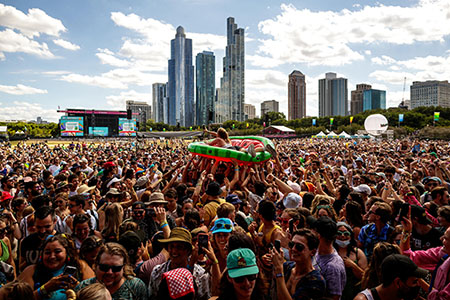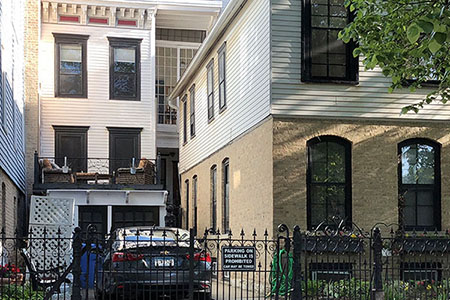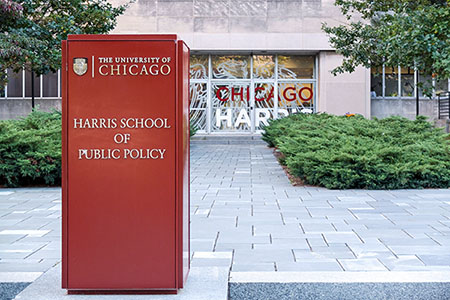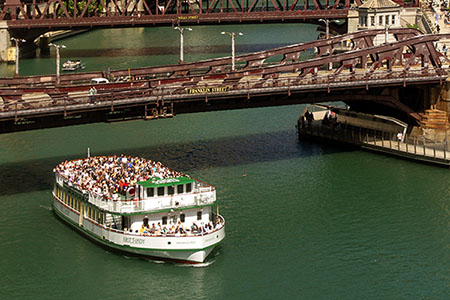Use algae to absorb Loop gas, urge French architects Dec. 6, 2011 – Two Parisian architects entered in an international competition want to see Marina City covered with algae as a way to reduce greenhouse gas emissions in the Loop. The simple organisms – whose ranks include kelp and seaweed – can absorb carbon dioxide given off by buildings, thus reducing their “environmental footprint.” Influx_Studio, a design firm run by Mario Caceres, an architect from Chile, and Italian architect Christian Canonico, picked Marina City as a case study to show what “algae retrofitting” could look like. After working on the project for two years, it was submitted last month to the 2011 International Algae Competition, a global challenge to design algae food and energy systems.
“Look at this magnificent building – so innovative in 1964 but now obsolete in terms of what should bring us the new zero carbon paradigm.” New methods needed to meet ambitious goals Buildings, according to Caceres, particularly older ones, account for about 70 percent of greenhouse gas emissions. With the Chicago Climate Action Plan seeking an 80 percent reduction in greenhouse gas by 2050 from levels in 1990, Influx_Studio says there is an “enormous need to introduce a new sustainable model” to reduce emissions and provide cleaner energy. Algae, they say, can be used to clean polluted air, create energy and food, and process wastewater for re-use. An “algae bioreactor” that grows algae intentionally would be located on top of both towers and in one of the parking ramps. The other ramp would be transformed into a plant garden that would help filter pollutants from the air. Also on top of both towers would be wind turbines to power the process and the complex. Balconies would be equipped with solar panels and a device for vertical farming. “We are convinced that even if a less ambitious version was made, it could be a great step forward for Marina City’s green future.” This year, the algae competition has entries from 40 nations. Finalists, competing for international recognition and $10,000 in cash prizes, will be announced on February 12.
Websites:
|



















